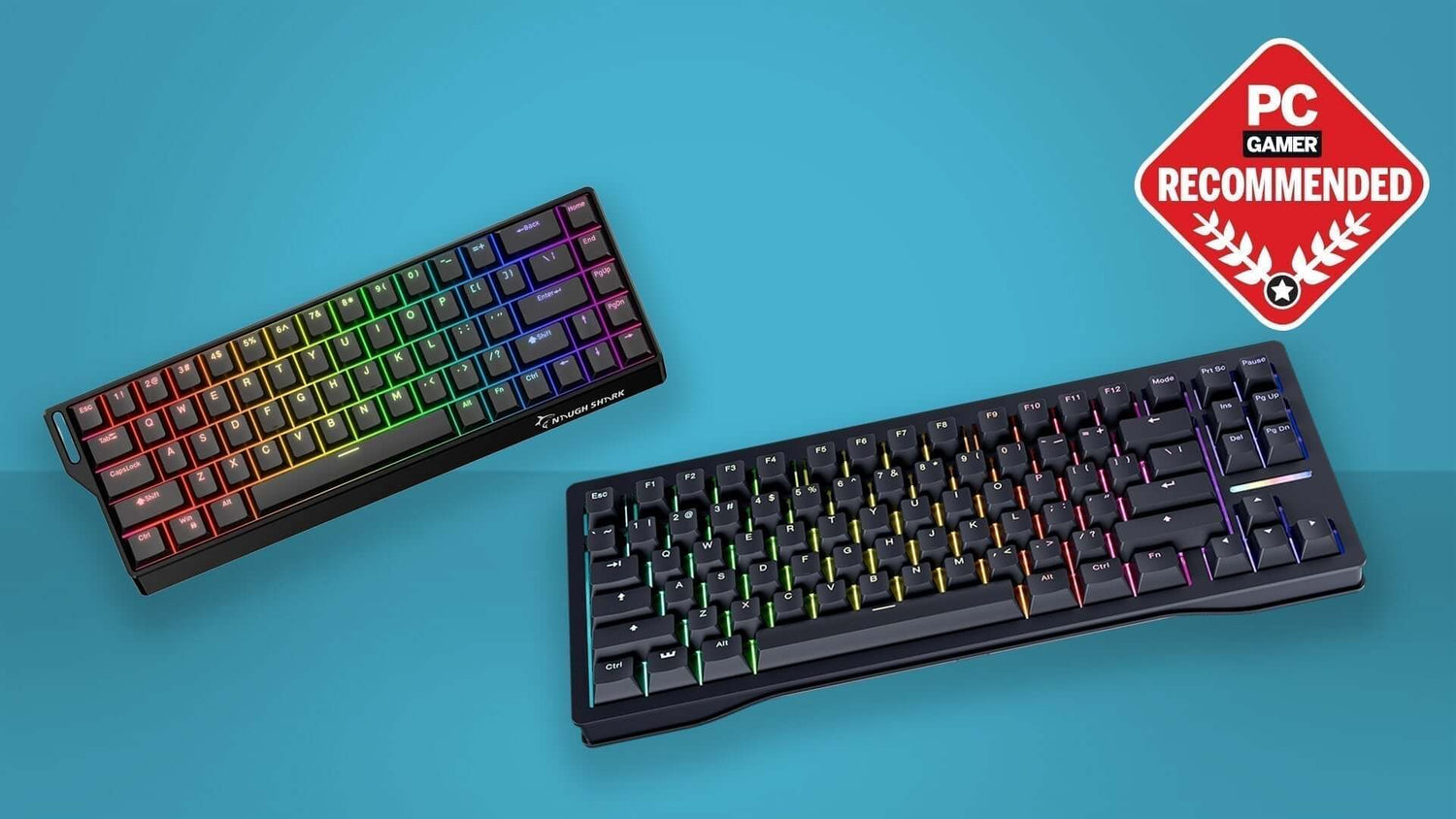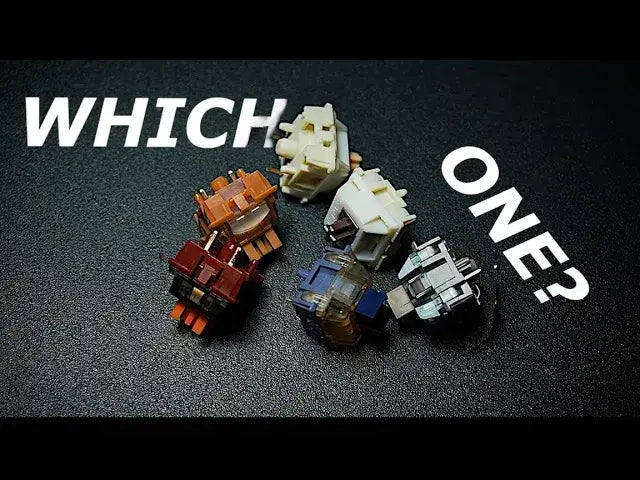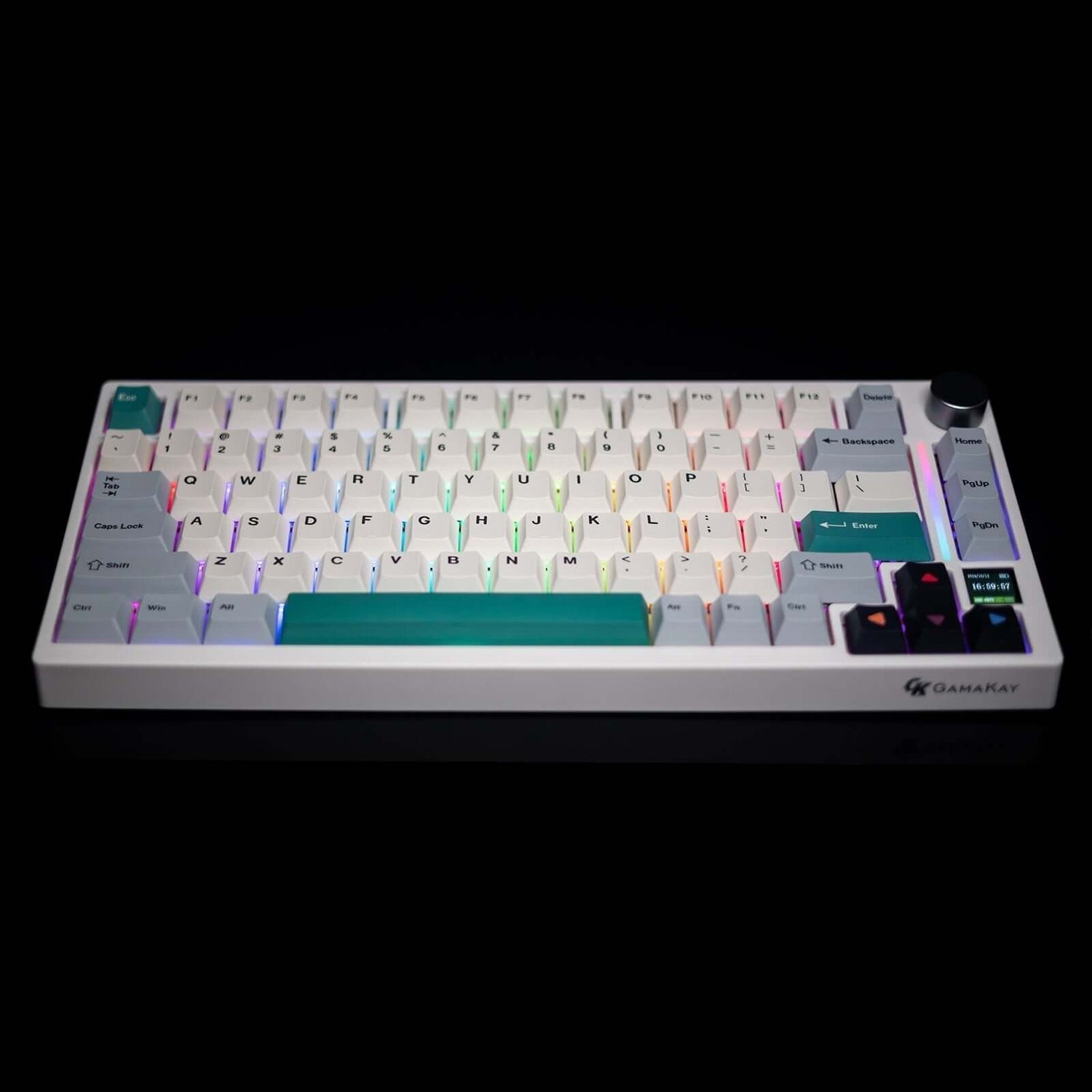The Ultimate Guide for 2025: How to Choose the Best Mechanical Keyboard
Update on 25 August 2025
Looking for the best mechanical keyboard in 2025? Today's top keyboards are no longer just about classic switches; they feature a range of innovative technologies. This year’s best choices all include these key features: Hall Effect switches (with Rapid Trigger and adjustable actuation), a compact yet functional 75% layout, and versatile tri-mode wireless connectivity (2.4G + Bluetooth + USB-C wired).
Whether you need a quiet keyboard for programming or a lightning-fast one for competitive gaming, this updated buying guide will help you make the smartest choice.
The Top 3 Mechanical Keyboard Trends of 2025
The mechanical keyboard market has seen significant changes in 2025. Here are three key trends you need to know about when choosing your next board:
1. Hall Effect Switches with Rapid Trigger
Traditional mechanical switches rely on physical contact to actuate. Hall Effect switches, however, use magnetic sensors. When a key is pressed, the magnet's position changes, and the sensor instantly detects this movement to trigger a signal.
The biggest advantage of this technology is no physical wear and tear, leading to an extremely long lifespan. More importantly, it unlocks two game-changing features:
-
Rapid Trigger: The key resets as soon as it moves upward, often with adjustable precision down to 0.1mm. This is crucial for competitive gamers, allowing for ultra-fast A-D strafing and instant stopping, many times faster than traditional switches.
-
Adjustable Actuation: You can customize the actuation point for each key in the software, from 0.1mm to 4.0mm, giving you precise control over your typing or gaming experience.
To learn more about this technology, check out our in-depth article on Hall Effect Keyboards.
2. The Rise of the 75% Layout
Among compact keyboards, the 75% layout has become the most popular choice in 2025. It strikes the perfect balance between functionality and desk space.
-
Pros: It retains a full function row, arrow keys, and some essential navigation keys (like Home and End) while being significantly more compact than a TKL board. For programmers and office workers who need function keys, it’s the best option that doesn't sacrifice core functionality.
-
Use Cases: Its balance makes it perfect for both programming and office work, as well as for gamers who want a smaller footprint.
3. Tri-Mode Connectivity: Wireless Freedom with Wired Stability
Tri-mode connectivity (2.4G wireless, Bluetooth, USB-C wired) has become a standard feature on most mid-to-high-end keyboards. It solves connectivity issues across different devices:
-
2.4G Wireless: Provides a stable, low-latency connection, making it the top choice for FPS gaming.
-
Bluetooth: Convenient for connecting to laptops, tablets, or phones, ideal for mobile work and everyday use.
-
USB-C Wired: Offers the most stable connection and faster charging, essential for firmware updates or long gaming sessions.
Core Elements: How to Choose Your Switch, Layout, and Keycaps
1. Keyboard Layout
| Layout | Pros | Cons | Best For |
| 65% | Compact, portable, saves desk space | Missing function row (F1-F12) and some navigation keys | Students, travel, minimal setups |
| 75% | Balances compact size and full functions; retains F row and arrow keys | Slightly larger than a 65% | Programming, office work, hybrid use |
| TKL (Tenkeyless) | Full arrow keys + F-row, versatile | Bulkier than 65%/75% | FPS gaming, coding, productivity |
| Full-size | Most functional, includes a number pad | Takes up a lot of desk space, not portable | Data entry, accounting, professional work |
The layout directly affects a keyboard's functionality and portability.



2. Switch Types
Switches are the heart of a mechanical keyboard, determining the typing feel and sound.
-
Linear: E.g., Red switches, Yellow switches. They have a smooth, consistent keystroke with no tactile bump. They are quiet and ideal for fast-paced gaming and smooth, fluid typing.
-
Tactile: E.g., Brown switches. They have a slight bump in the middle of the keystroke, but are not loud. This makes them a balanced choice suitable for programming and daily typing. ( You can also check our Tactil mechanical switch- planet series sound test)
-
Clicky: E.g., Blue switches. They have a distinct "click" sound and a strong tactile bump. They provide satisfying feedback for those who enjoy the sound of typing, but are not suitable for an office or quiet environments.
If you need a quieter typing experience, you can also consider our Silent Mechanical Keyboards series.




